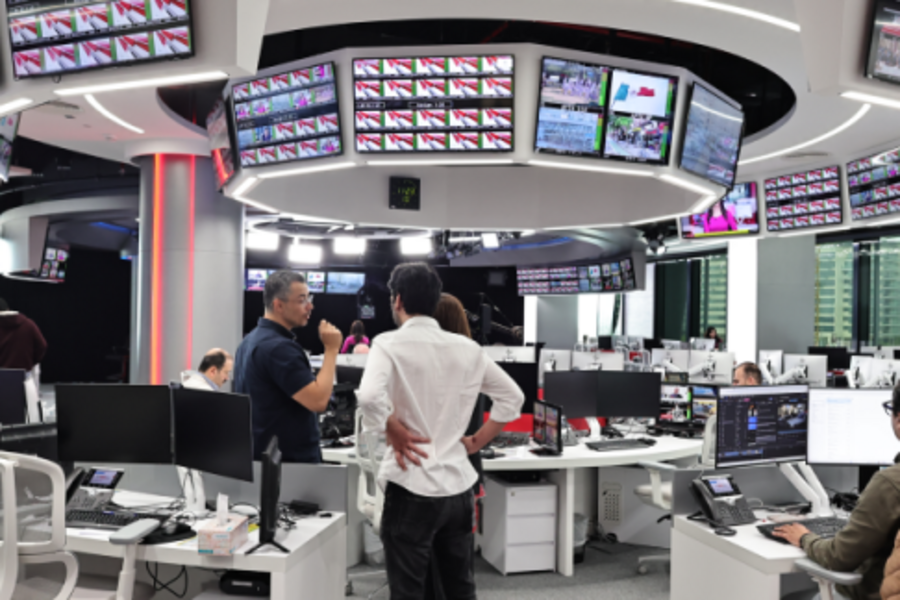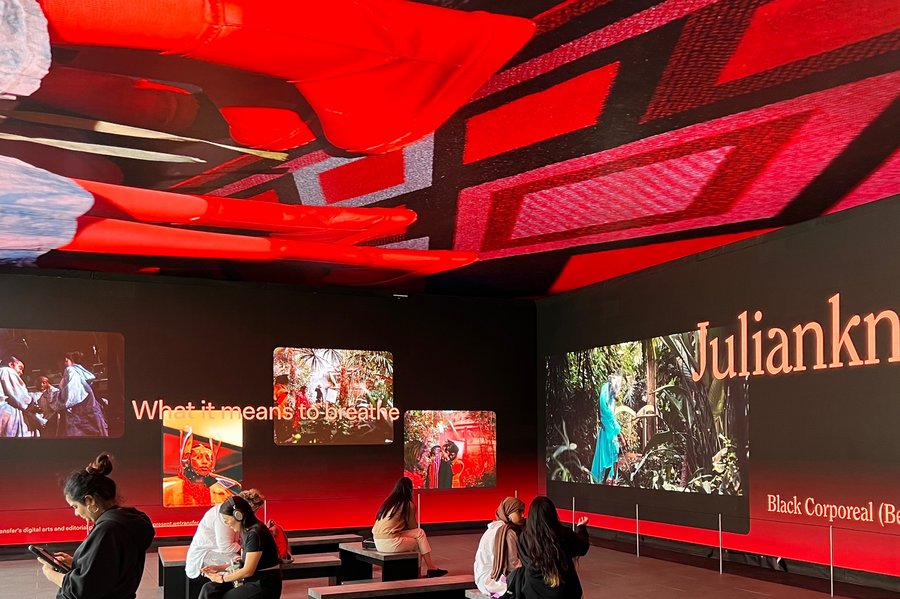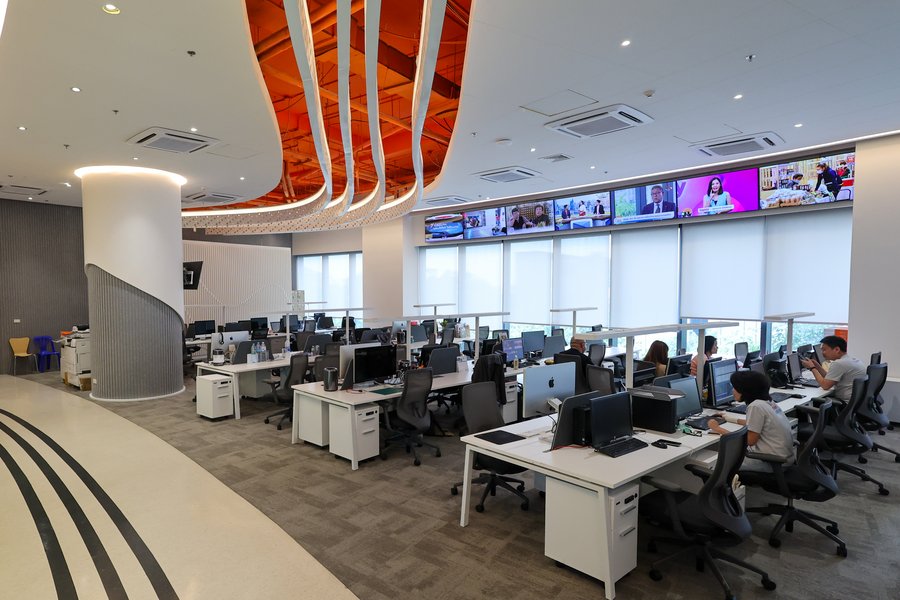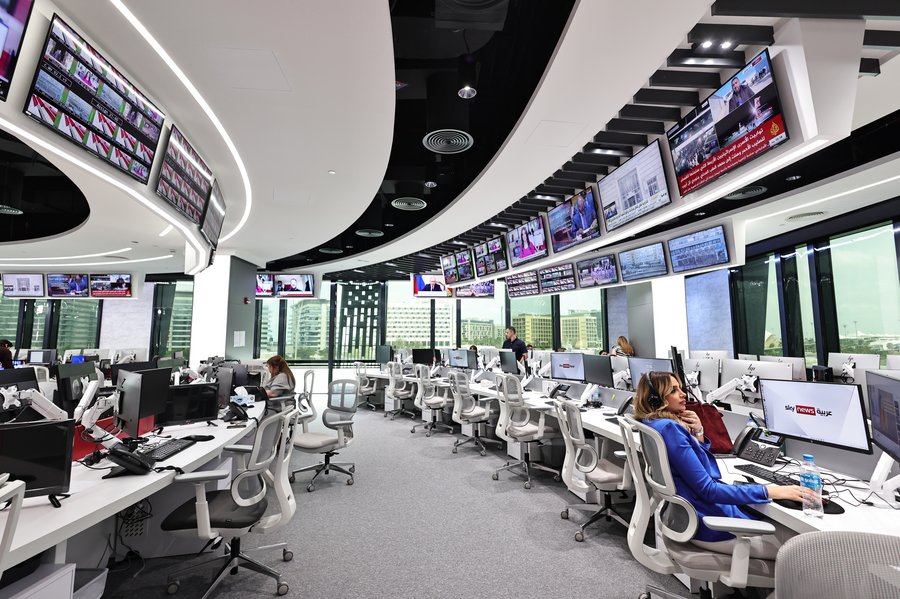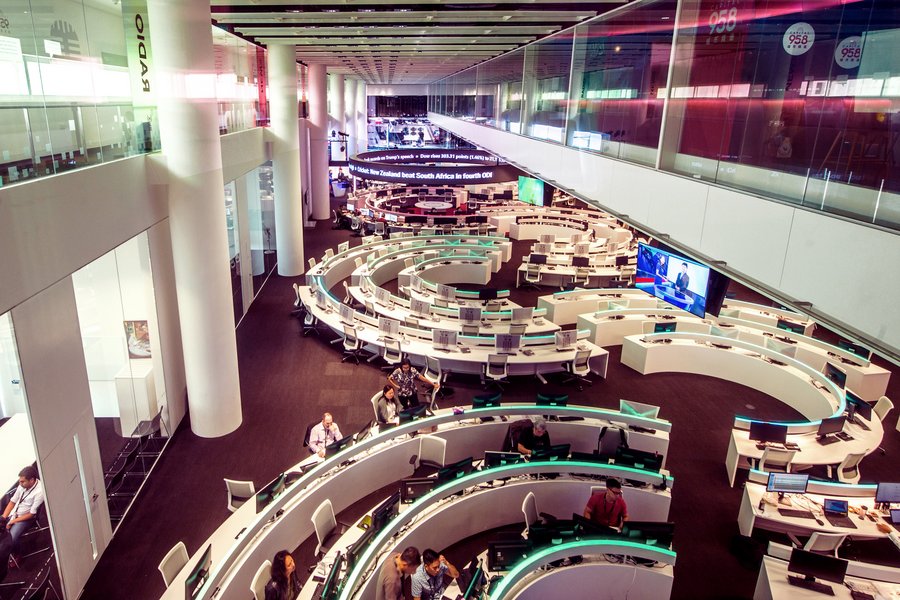Cloud-based master control rooms: New standard for broadcasters
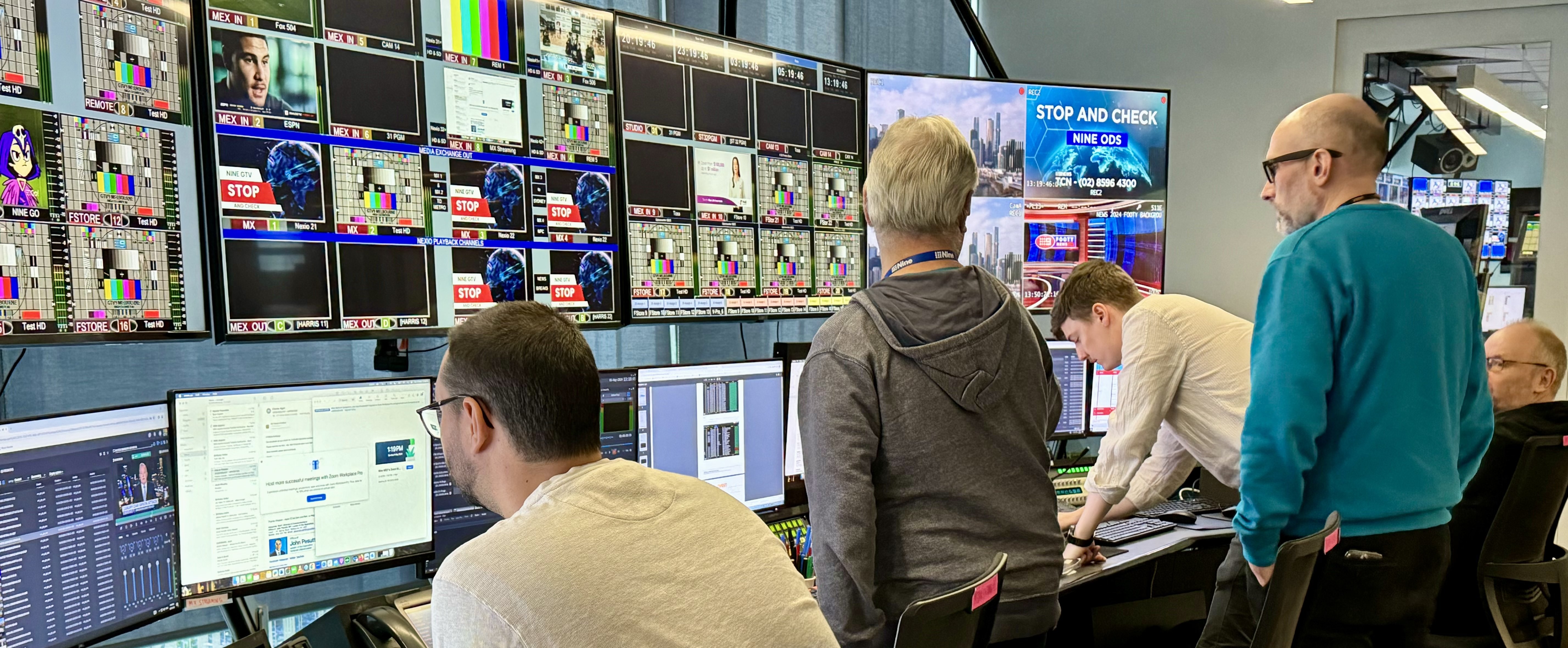
Why traditional MCRs are reaching their limits
Anyone running a broadcast center today faces more than just reliable content delivery. Multi-regional distribution, linear and digital outputs, targeted ad windows, precise timing adjustments, and compliance-driven workflows all need to be managed under pressure to maximize availability and efficiency. In short: Global media markets are in the middle of a radical transformation.
The traditional master control room (MCR), built around fixed, hardware-based infrastructures, is increasingly hitting systemic limits. Architectures designed for decades of stability now struggle with the physical, operational, and economic demands of a digital-first industry.
Cloud-based MCRs resolve this dilemma. They shift core playout, monitoring, and control tasks into virtualized environments, thus creating a new layer of flexibility. The move from static to scalable broadcast operations is more than a technical upgrade. It reflects a shift in mindset: agile, resilient, and globally oriented.
A new operating system for broadcast
In a cloud-native architecture, classic hardware components like playout servers, routers, or monitoring systems are no longer installed physically. They’re orchestrated as software. Virtual machines, container technologies, and IP-based signal processing take center stage. Where SDI signals once ran through coaxial cables, protocols like SMPTE ST 2110, SRT or RIST now ensure lossless, low-latency transmission in digital networks.
The entire signal chain, from ingest to branding, transcoding and final playout, can now be dynamically scaled. Instead of provisioning new hardware for every additional channel, broadcasters simply activate virtual resources. Through infrastructure-as-code, entire MCR environments can be deployed, scaled, tested, and operated automatically. In real time, across locations, with optimal cost-efficiency.
One of the biggest advantages: modularity. Broadcasters only use the functions they need, whether that’s disaster recovery, regional ad insertion, event channels, or UHD playout with dynamic branding. Monitoring tools integrate deeply into the infrastructure to detect and resolve issues before they become visible. The era of reactive operations is over. The future is proactive, automated, and self-healing.
Technical and operational aspects of cloud-based MCRs
Technological flexibility and scalability
Cloud-based MCRs allow broadcasters to structure their operations dynamically and independently of location. Unlike traditional setups, cloud resources can be flexibly scaled up or down depending on demand. That means cost-effective usage, and the agility to respond to market shifts or live events. For example, by spinning up temporary pop-up or event channels.
Integration of modern standards and protocols
Moving to the cloud also means adopting modern transmission standards like SMPTE ST 2110, SRT, or NDI, enabling efficient IP-based processing and distribution of audio, video, and metadata streams. Cloud-based MCRs support a wide range of formats from SD to UHD, including HDR and Dolby Audio. They also offer dynamic subtitle management and frame-accurate control for maximum broadcast quality.
Automation and orchestration
One of the key advantages of cloud MCRs lies in their end-to-end automation. Infrastructure-as-Code, containerization, and orchestration tools allow entire broadcast environments to be deployed, scaled, and monitored automatically. This minimizes error rates, reduces recovery times, and optimizes resource usage. Automated monitoring and self-healing mechanisms ensure a failsafe, always-on playout operation.
Security and compliance
Cloud-based MCRs meet the highest security and compliance standards. With role-based identity management, end-to-end encryption, geo-redundant storage, and detailed audit logs, broadcasters can meet regulatory and data protection requirements with confidence. Cloud infrastructure also makes it easier to implement disaster recovery and business continuity
Future readiness and innovation
Cloud-based master control rooms are a strategic move toward modern broadcast infrastructure. They lay the foundation for future innovations like AI-driven monitoring, adaptive resource management, and seamless integration of OTT workflows. Broadcasters can open new revenue streams and respond flexibly to changing market demands.
Flexibility meets security: Technological depth with foresight
Adopting cloud-based MCRs requires not only operational flexibility but also confidence in their technical stability. Modern playout systems like makalu support a wide range of formats and standards, from SD to UHD, including HDR, Dolby Audio, dynamic subtitle workflows, and frame-accurate control. Signal routing via SDI, SMPTE ST 2110, NDI, or SRT is fully supported.
System control is handled through browser-based interfaces or API-driven dashboards, offering full visibility over all active streams and signal paths. Integration into existing traffic systems, SCTE-35 event triggers, or server-side ad insertion can be implemented seamlessly. The result: shorter signal chains, more control and real-time error detection and resolution.
Today’s cloud security standards go far beyond “secure enough.” Role-based identity management, end-to-end encryption, and geo-redundant data storage set a new benchmark. The resilience of cloud-based MCRs now matches and often surpasses what’s possible in traditional setups, at a fraction of the cost.
Automation is another key factor in operational sovereignty. Deployment processes, configuration management, and streaming workflows that once took days or weeks are now handled via templates in minutes. Scaling isn’t a project anymore, it’s just another step in the workflow.
From strategy to operational reality
Cloud-based playout is not plug-and-play. It’s a transformation. We guide clients from architectural strategy to tool selection and full operational rollout. Our strength lies in combining strategic consulting, deep technology expertise, and real-world implementation.
At the center: a future-proof target architecture. It factors in latency, bandwidth, protocol compatibility, compliance requirements, systems integration, and the broadcaster’s individual scaling strategy. A modular approach ensures flexibility: whether it’s a hybrid setup with cloud backup, a full virtual MCR migration or a tailored disaster recovery system, solutions are built around real-world needs, not the other way around.
During migration, systems integration teams work closely with operational departments to ensure resilience. Failover scenarios, test environments, and emergency playbooks are developed, documented, and tested together. Transformation succeeds when technology and operations work in sync.
Looking ahead: The master control room gets smarter
The next evolution of cloud-based MCRs lies in autonomy. AI-supported monitoring systems will analyze signals, detect patterns, and recommend optimizations long before a human operator notices. Self-healing processes, dynamic load balancing, and adaptive scaling will make operations more robust and cost-efficient.
MCRs will also become an integrated part of the end-to-end media supply chain from content acquisition and automated postproduction workflows to personalized content delivery. The lines between broadcast and OTT, between linear TV and interactive distribution, will blur. The MCR becomes the intelligent hub of a connected ecosystem.
Conclusion: Leadership starts with flexibility
In a world where every second counts, success isn’t about size or legacy; it’s about agility. Cloud-based master control rooms give broadcasters the flexibility to evolve: new formats, new markets, new mindsets.
We support this shift not just as a technology provider, but as a strategic partner. With global project experience, deep broadcast know-how, and a willingness to explore new paths. Let’s shape a new era of broadcast together.



